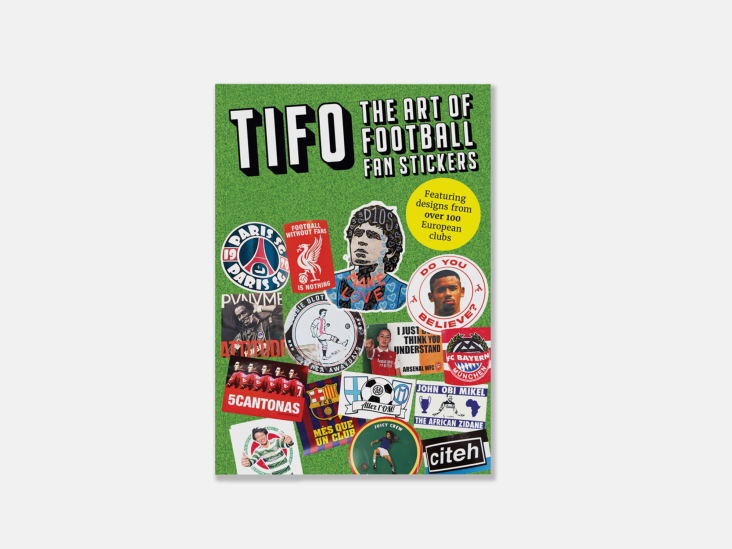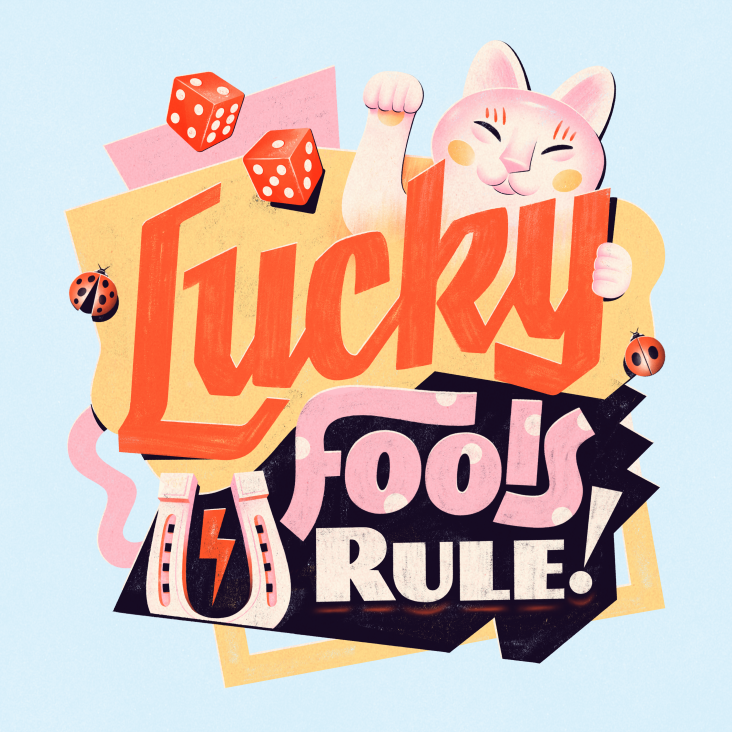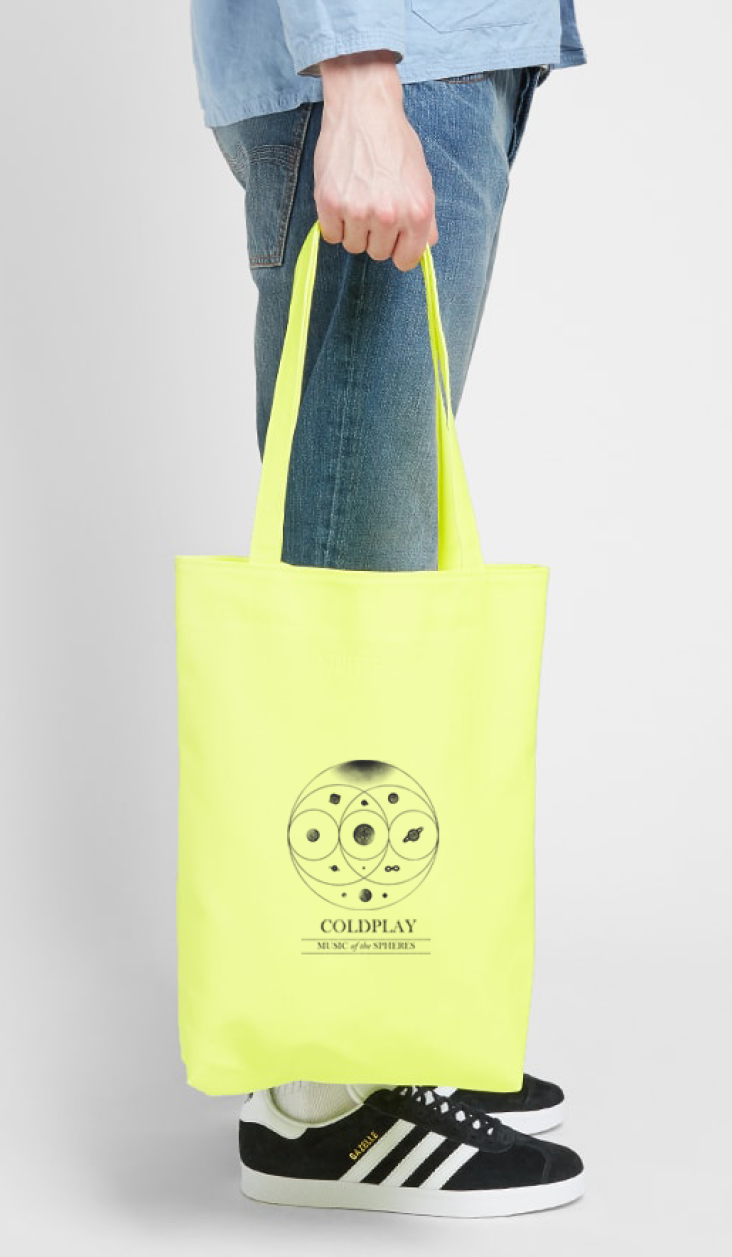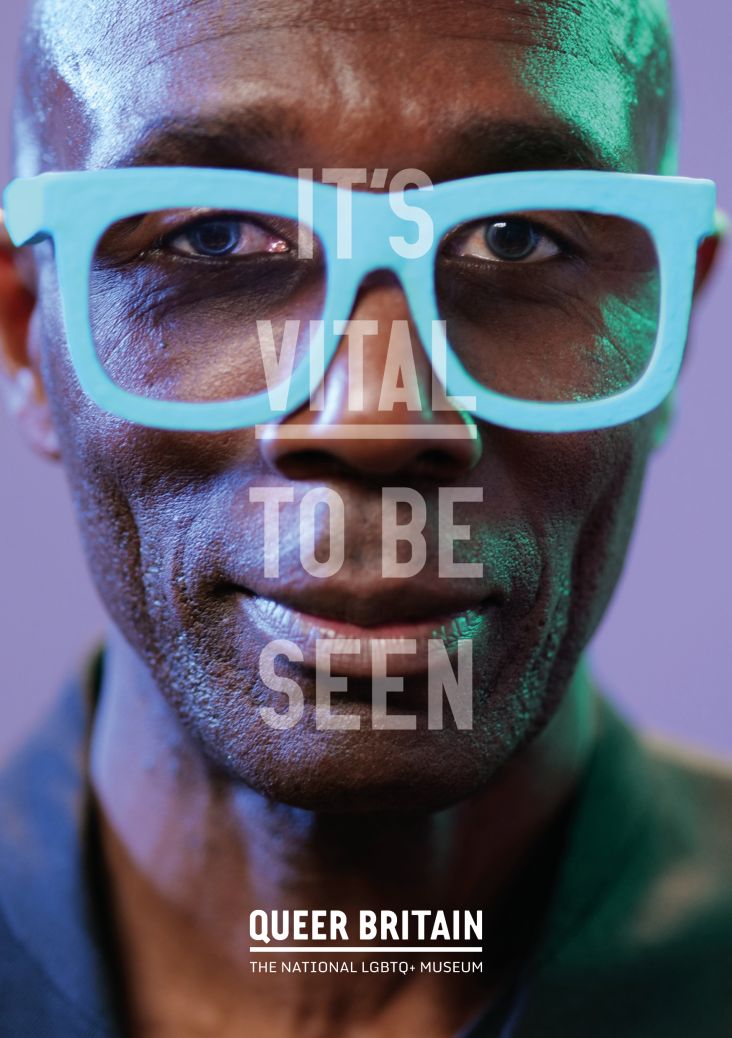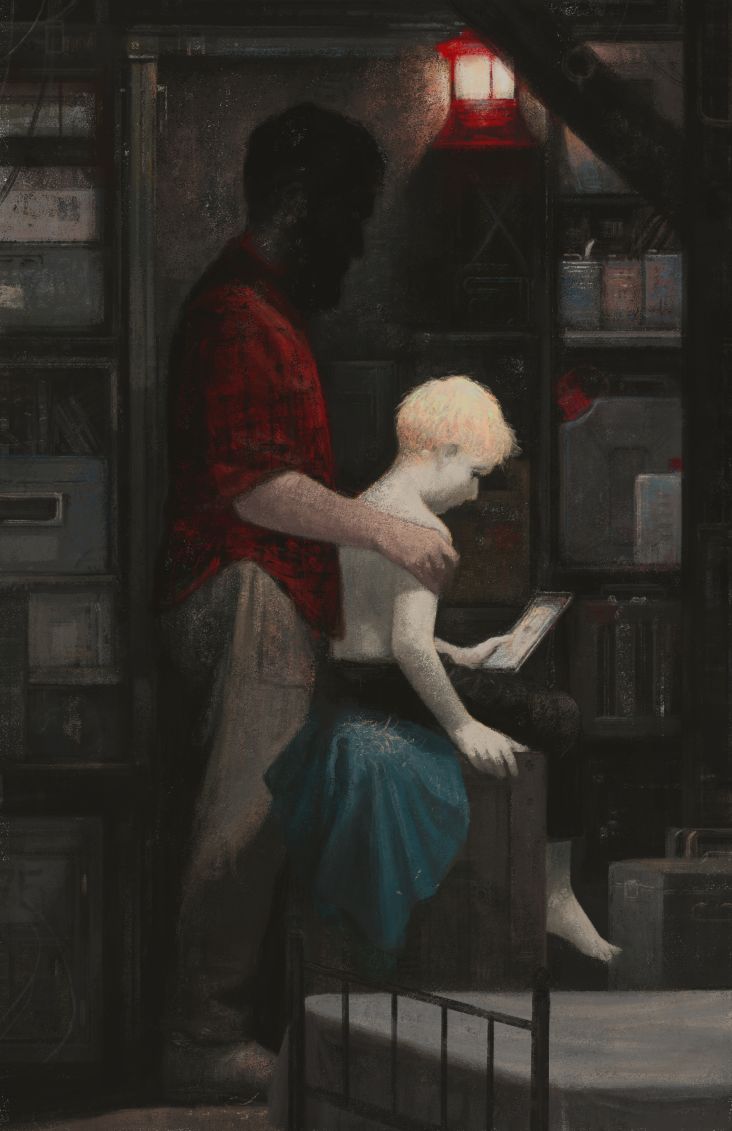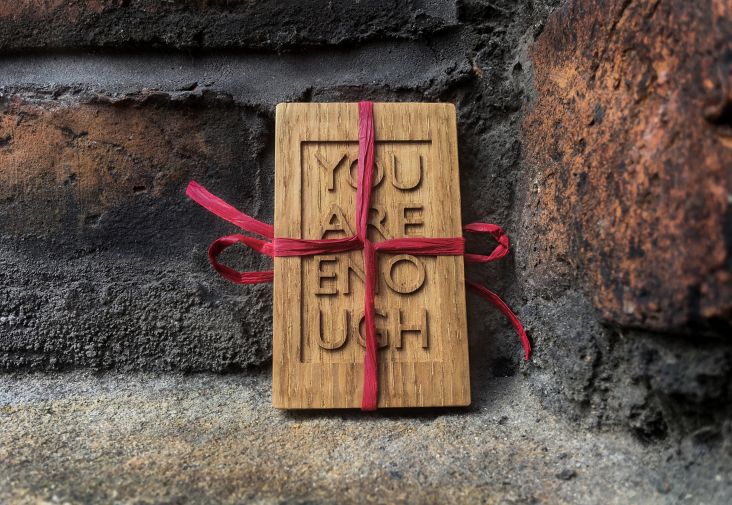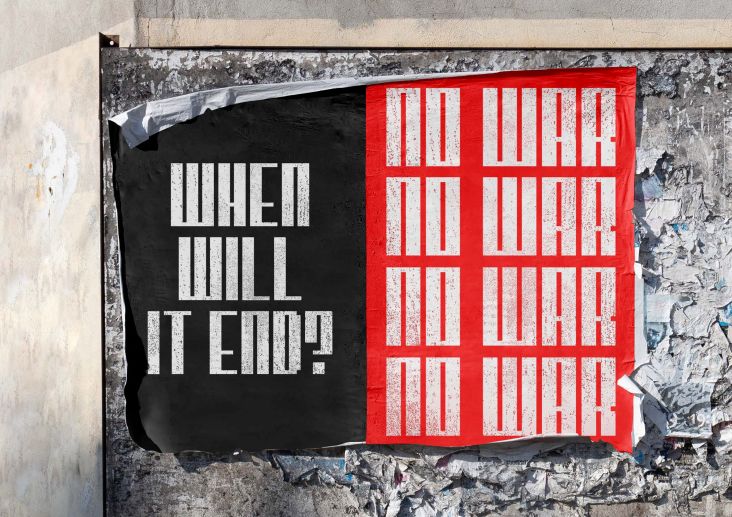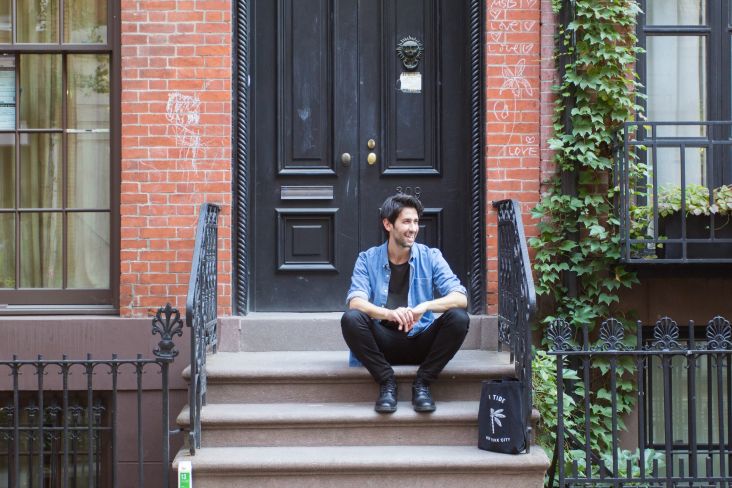Anthony Burrill launches his graphic ephemera archive to inspire the design community
Anthony Burrill has launched an online archive this week featuring the graphic ephemera that inspires his process and work, making them available for anyone to download. Full of inspiring print, graphic design, typography and other pieces, it's a treasure trove for any discerning designer.
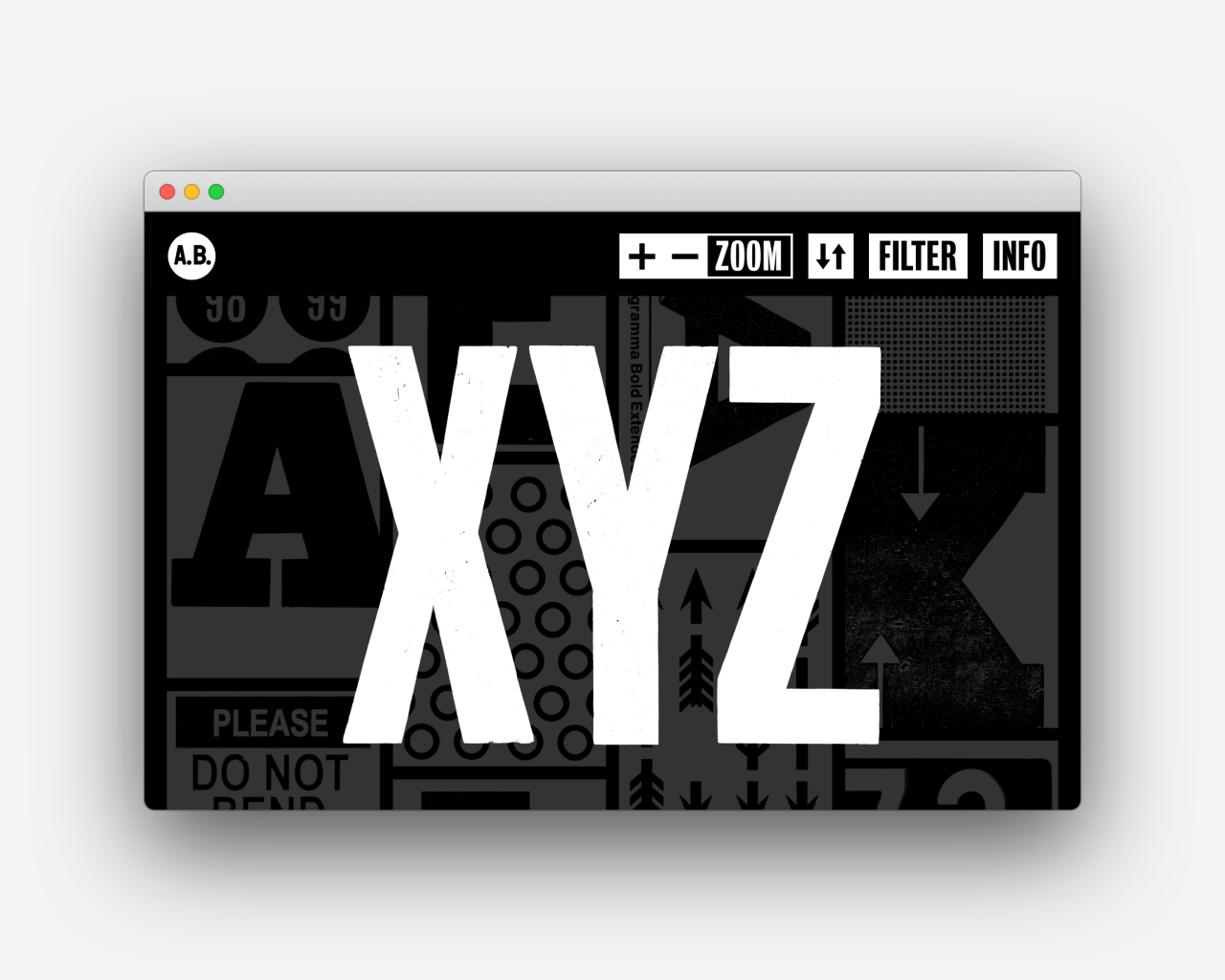
The site, anthonyburrill.xyz, contains graphic ephemera, which Burrill has selected from his physical archive and sketchbooks. It was created in collaboration with designer/developer Neal Fletcher and Richard Nicholls.
There are 500 pieces in the archive, all of which can be filtered by various interesting categories, including Ampersand, Arrow, Icon, Illustration, Letterform, Numeral, Stamp, Stencil, Ticket and Woodtype. Each piece was modified to appear in black and white, referencing and reflecting Burrill's typical style of using bold, impactful forms and lettering. "My work is primarily black and white, with maybe a little hint of yellow here and there. I think the power of black and white — the way it's so strong, and the contrast – is just incredible," says Burrill.
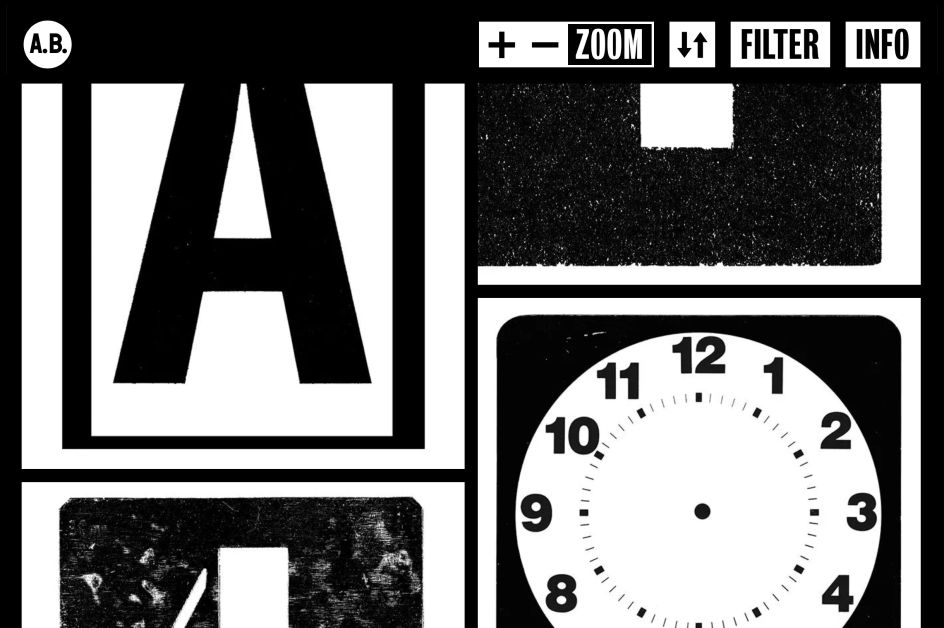
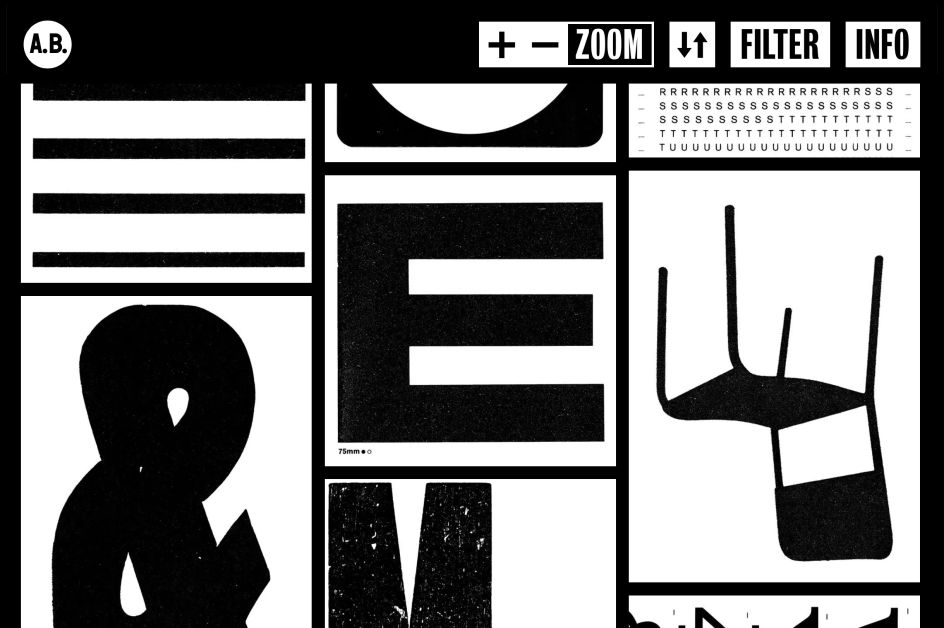
Burrill, best known for his letterpress and typography-led graphic work, has always kept physical references that catch his eye. He's made these available to everyone online to demonstrate what inspires him and inspire other people as an open resource. "It's good to share this material," he says, "especially the quirky, odd bits and bobs that I find fascinating so people can access it. It shows the kind of graphic language that I've always been fascinated with, the weird typefaces, and other things that have slipped between the cracks of design history. Those odd things are so full of character and probably wouldn't be designed these days. It's also about old-fashioned forms of production: it's all analogue material, lots of examples of letterpress, stencils, stickers and Letraset."
Delving into the collection, you'll find everything from an illustration in an advertisement for transferring Cinefilm to VHS tape to more personal ephemera like his train ticket from Leeds to London when he was starting his Royal College of Art course. "It's by pure luck that I've still got that ticket as I stuck it into my sketchbook," Burrill tells us. "I could've so easily thrown it away. That's what makes these fragments so important as they are a tangible connection to the past."
What sparked the project? "Like everybody else, I had a lot of time on my hands over lockdown," he says. "My studio and archive are at home, where I spent days sifting through boxes of stuff I had collected over the years. I catalogued my print archive and organised it chronologically. This now makes it really useful when I'm trying to locate a specific piece of work. It was during this organising phase that I returned to my collection of printed ephemera."
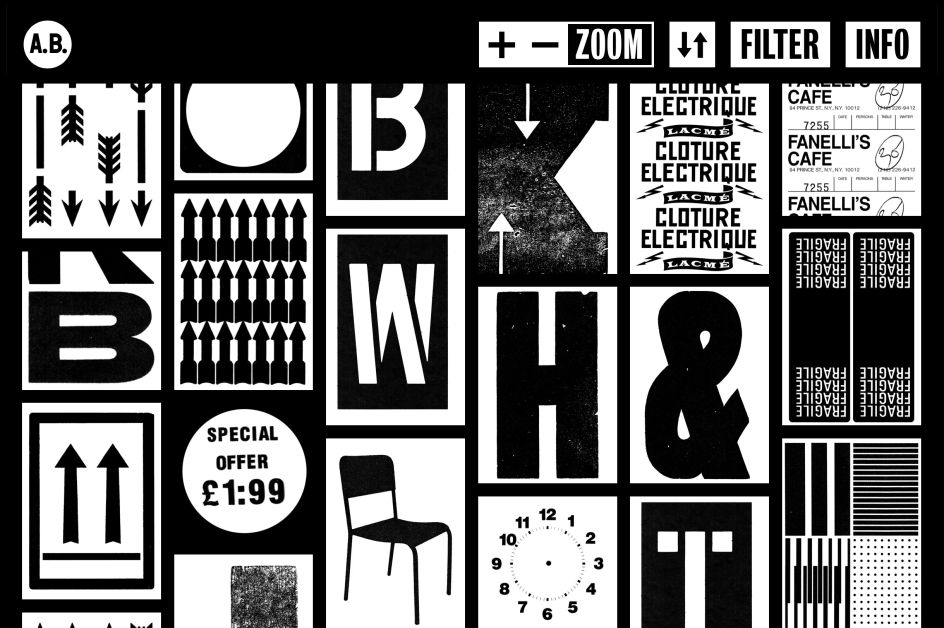
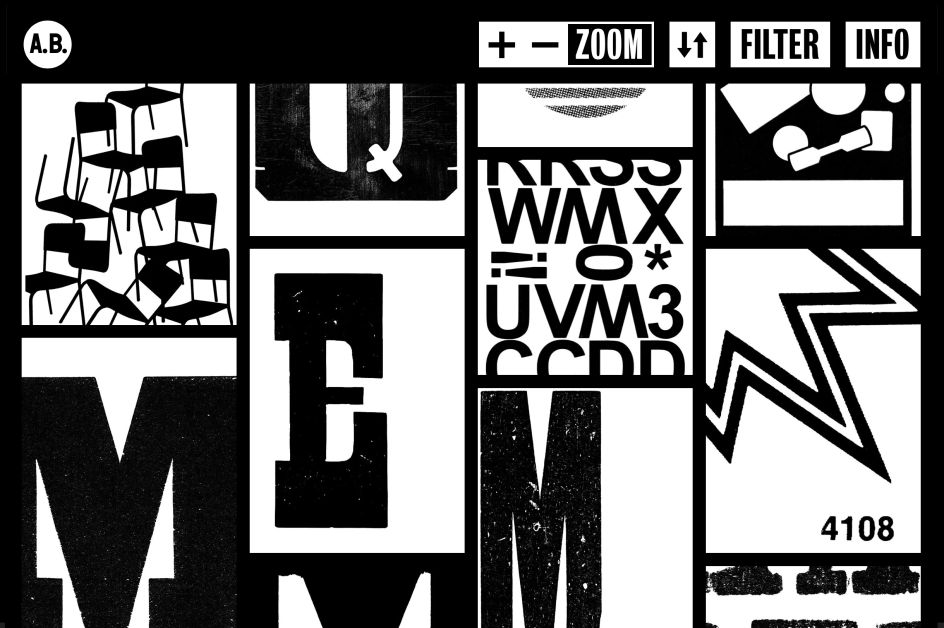
But this isn't Burrill's first creation of such an online archive. "I'd already made a website cataloguing the collection, but it was lost due to an unforeseen internet glitch. I worked with Neal Fletcher on the original site, so it made sense to speak to him again to develop the new and improved version. The new site has many improvements and a much simpler design and navigation than the original. I intend to continue adding to the new site to create an exhaustive archive of graphic inspiration."
Browsing through the site, which has no organisational hierarchy and a deliberate absence of text explaining or labelling what each piece is or means, it's easy to see the impact this collection of untold graphic design histories continues to have on Burrill's work. "Very strong, graphic, bold letters are something I've always been drawn to," he continues. "With things like the letterpress samples, there's a real power and visual punch to the letterforms – the way it really occupies the space and the balance between positive and negative space."
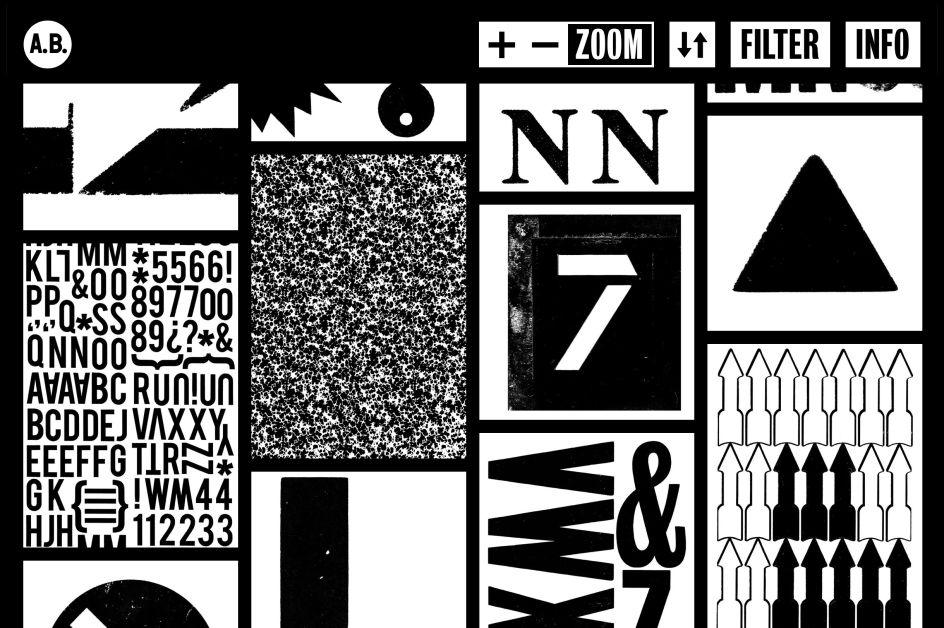
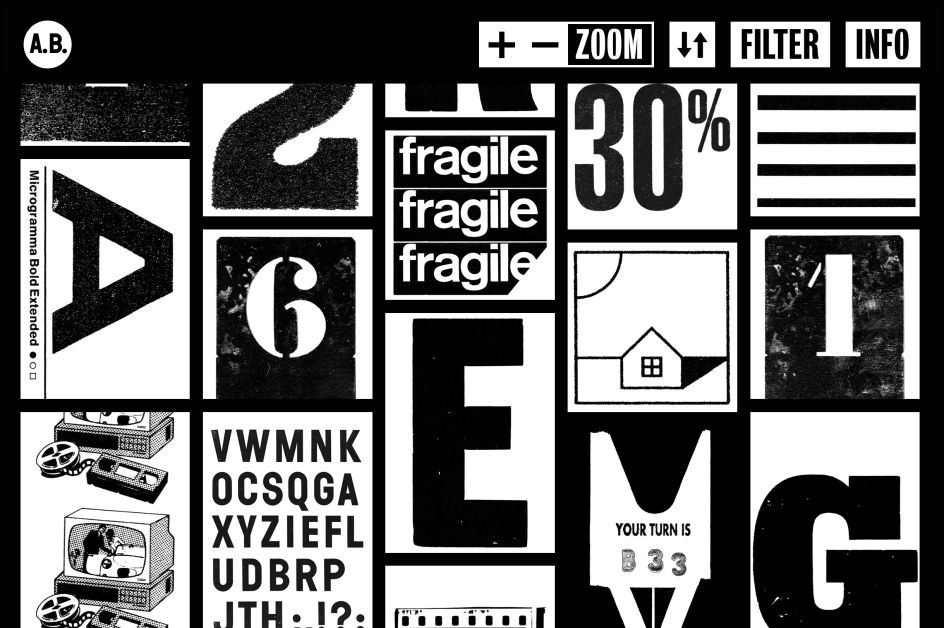
As many of us go through a similar period of reflection after a difficult few years, how does Burrill feel looking back on his career to date? "Weirdly, it still feels like I'm just getting started," he tells us. "Even though I've been doing what I do since the early nineties, I still feel like I've got to work at it every day. The minute you think 'I've made it' is when you're in trouble. I'm constantly looking for new ways to work and finding interesting people to collaborate with.
"You should cultivate your sense of creativity constantly by looking for new inspiration in unlikely places. It's sometimes good to look back and see the things I've been involved in with a sense of satisfaction. But I'm always more interested in what's coming next."









